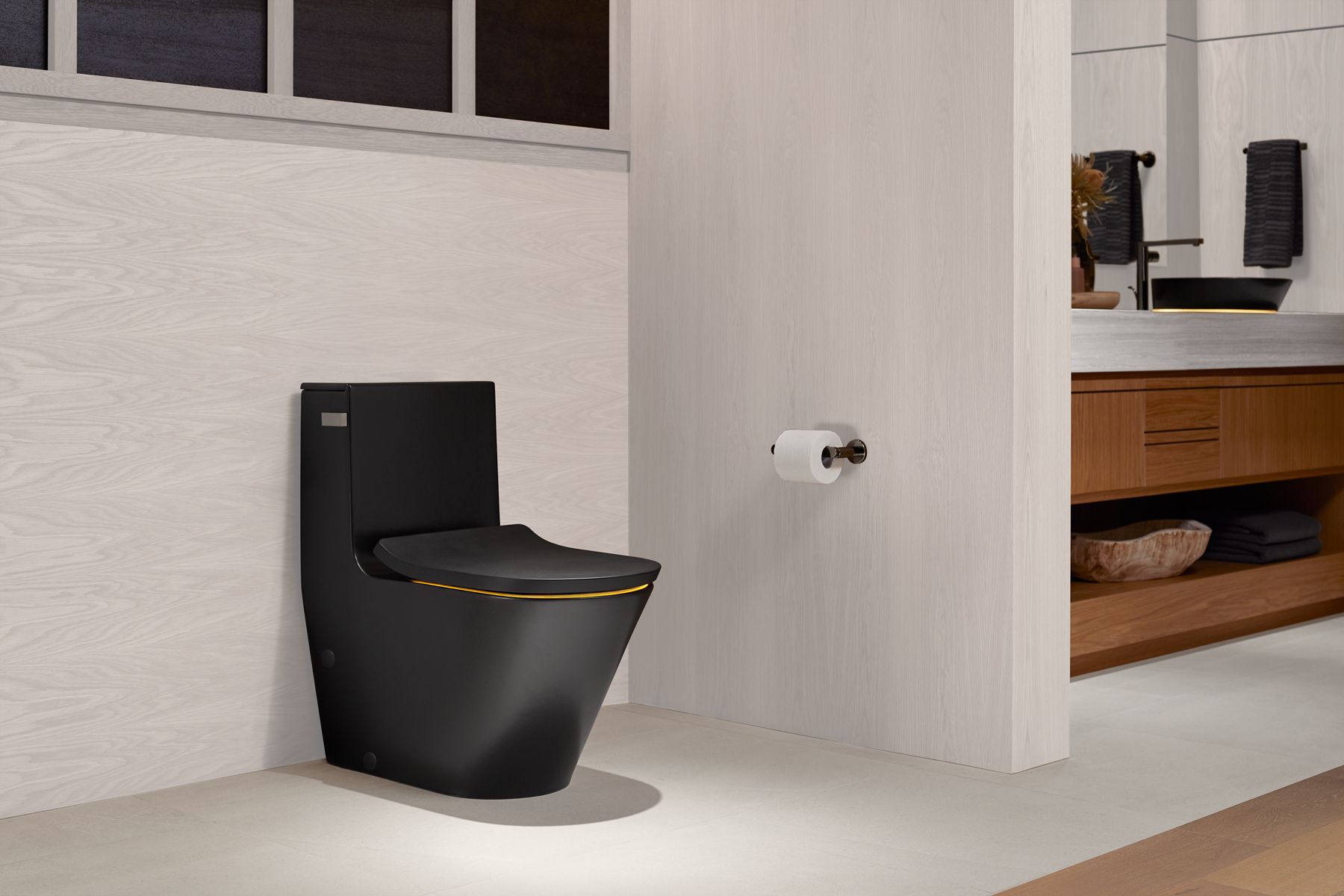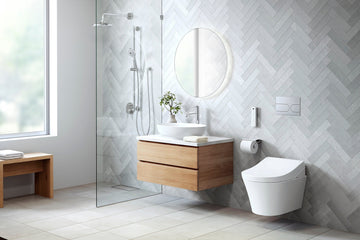In the age of cutting-edge technology, smart toilets have emerged as a modern marvel, promising luxury and convenience in the realm of personal hygiene. However, beneath their sleek design and high-tech features lie a series of drawbacks that are often overlooked. Understanding the disadvantages of smart toilets is crucial, especially for industry quality assurance professionals tasked with evaluating these innovative bathroom systems.
Smart toilets are equipped with a plethora of features such as automatic flushing, heated seats, bidet functions, and even built-in speakers and lighting. Despite these advancements, several challenges and concerns need to be addressed. This article delves into the potential pitfalls of adopting smart toilets, offering insights for industry QA professionals.

Complex Installation and Maintenance
One of the primary disadvantages of smart toilets is the complexity involved in their installation and maintenance. Unlike traditional toilets, smart toilets often require specialized plumbing and electrical work. This can lead to increased installation costs and the necessity for professional assistance, as discussed in the installation of innovative toilets.
Moreover, regular maintenance is essential to ensure the longevity and optimal performance of these high-tech devices. The intricate mechanisms within smart toilets are prone to malfunction, and finding qualified technicians for repairs can be challenging. This, in turn, can lead to higher long-term expenses, as highlighted in the life span of innovative toilet systems.
High Initial Costs
Smart toilets come with a hefty price tag, making them a luxury item that is not easily accessible to everyone. The cost of purchasing and installing a smart toilet can be significantly higher than that of a standard toilet. This financial barrier may deter potential buyers and limit the widespread adoption of these advanced fixtures.
For industry QA professionals, evaluating the cost versus benefit ratio is crucial. The question of whether smart toilets are worth the investment is a common concern, as discussed in the article Are Smart Toilets Worth It?.
Privacy and Security Concerns
With the integration of smart technology comes the risk of privacy and security breaches. Many smart toilets are equipped with sensors and connectivity features that can potentially be hacked, compromising user data and privacy. Industry QA professionals must consider these risks and ensure that necessary security measures are in place to protect users.
As technology continues to evolve, the potential for cyber threats increases. Ensuring data protection and user privacy should be a top priority for manufacturers and quality assurance teams alike.
Environmental Impact
While smart toilets boast features like water-saving flush systems, their overall environmental impact is a subject of debate. The production and disposal of electronic components can contribute to environmental degradation, offsetting the water conservation benefits. This paradox is a significant consideration for industry QA professionals focused on sustainable practices.
Understanding the innovations in water-efficient toilets and their environmental implications is vital for those in the field of quality assurance.
Limited Insurance Coverage
Another challenge associated with smart toilets is the limited insurance coverage available for these advanced devices. Many insurance policies do not cover damage or malfunctions related to smart toilets, leaving users to bear the financial burden in case of issues.
Industry QA professionals must be aware of these limitations and advise consumers accordingly. For more information on this topic, refer to the article on insurance for smart toilets.
Conclusion: Balancing Innovation with Practicality
While smart toilets undoubtedly offer a range of impressive features, it is essential to weigh these benefits against the potential disadvantages. Industry QA professionals play a pivotal role in assessing the practicality, cost-effectiveness, and sustainability of these high-tech bathroom fixtures.
For those considering the adoption of smart toilets, understanding the challenges and limitations is crucial to making an informed decision. For a broader perspective on the future of toilet technology, explore the article on the future of toilet technology.

FAQs
Are smart toilets reliable in the long term?
While smart toilets are designed for durability, their complex mechanisms may require frequent maintenance and repairs, leading to potential reliability issues over time.
Do smart toilets consume more energy?
Smart toilets can consume more energy due to features like heated seats and automatic functions. However, energy-efficient models are available to mitigate this concern.
Is the installation of a smart toilet difficult?
Yes, installing a smart toilet can be more complicated than a standard toilet, often requiring professional assistance for plumbing and electrical setup.
This article contains affiliate links. We may earn a commission at no extra cost to you.






